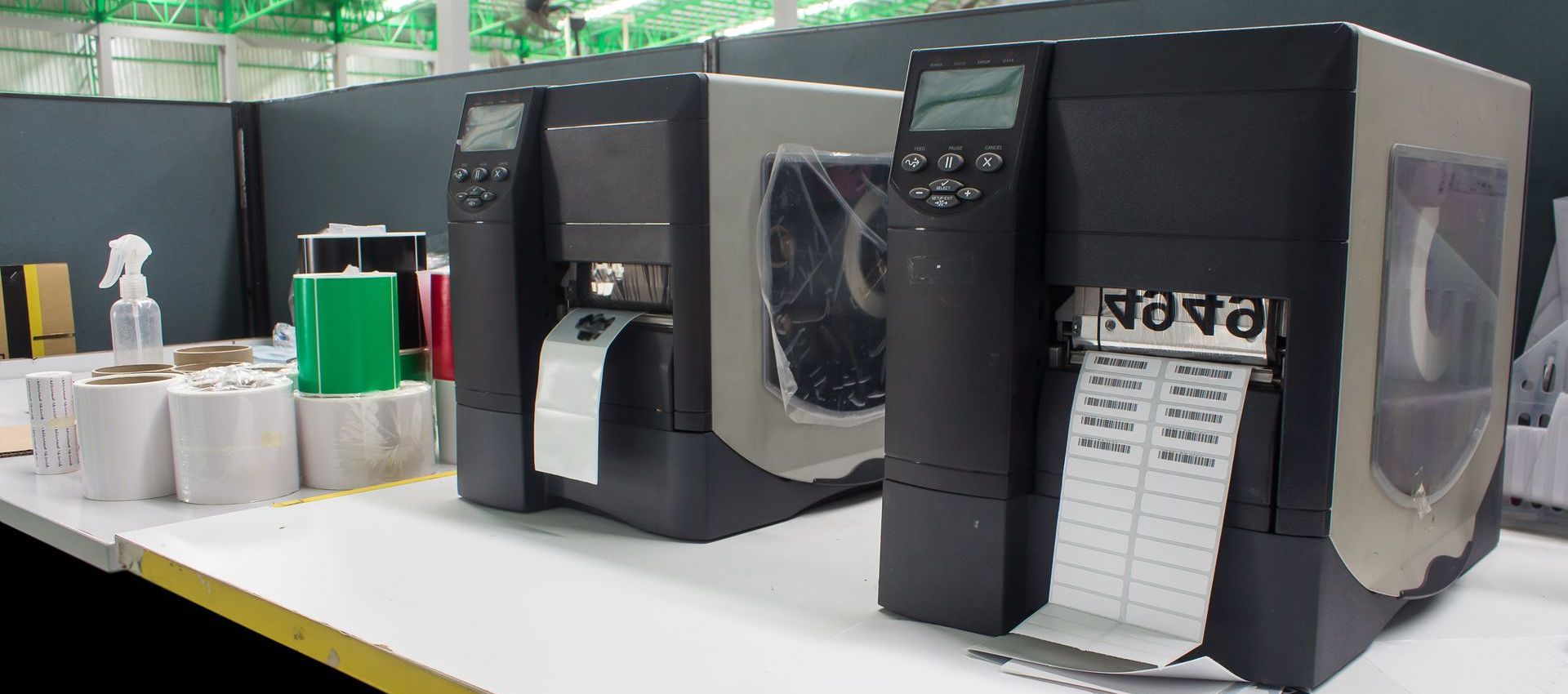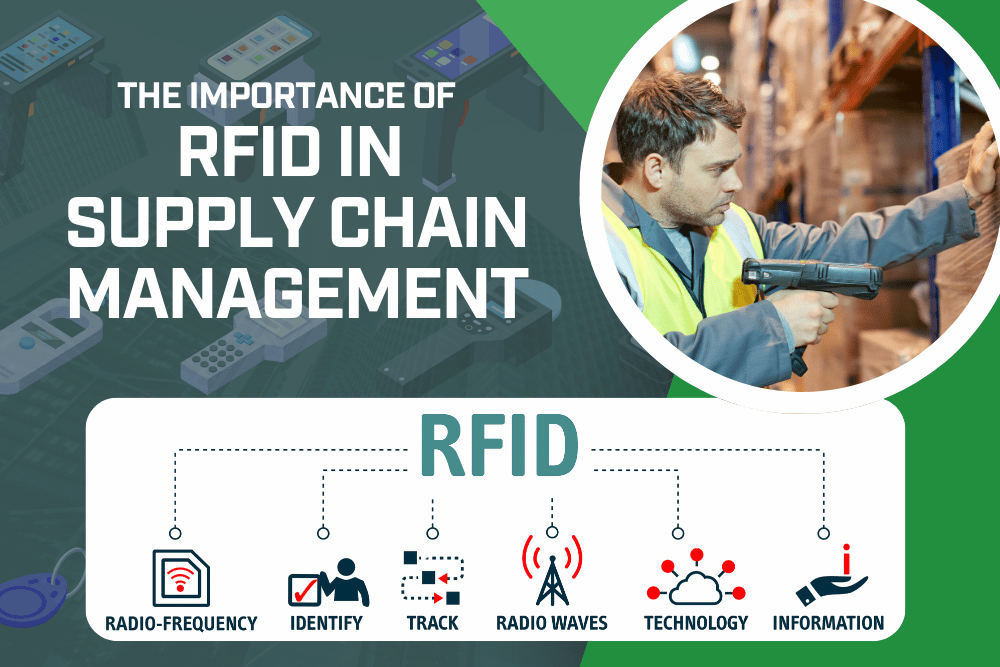Direct Thermal vs. Thermal Transfer Printing
December 7, 2023

When it comes to label and barcode printing, two prominent technologies often come into play: Direct Thermal Printing and Thermal Transfer Printing. In this article, we will clarify the differences between these methods, explore their respective strengths and weaknesses, and help you make an informed decision on which one suits your needs.
What is Direct Thermal Printing?
Direct thermal printing operates on a simple mechanism. When a direct thermal label or paper passes through the printer, the print head applies heat to the surface, which activates the thermally sensitive paper. This creates images and text without the need for ink, toner, or ribbons. It works effectively for short-term applications, like receipts or event tickets, where longevity isn't a primary concern. The direct thermal process offers fast, convenient printing, making it ideal for applications that require immediate results, such as point-of-sale transactions.
What is Thermal Transfer Printing?
Thermal transfer printing is a bit more intricate. It involves a thermal transfer ribbon, typically made of wax, wax-resin, or resin. The printer's print head applies heat to this ribbon, which then transfers the ink onto the label material, typically a paper or synthetic material. The ink adheres to the label's surface, resulting in durable and long-lasting prints. This method is ideal for applications where the printed labels must withstand environmental factors such as moisture, heat, and chemicals. This makes for a product that is a great fit in manufacturing and logistics industries.
Pros and Cons of Direct Thermal Printing
Direct thermal printing has several advantages. It is a cost-effective method because it doesn't require ribbons, ink, or toner, which can significantly reduce ongoing operational expenses. This cost-effectiveness makes it a preferred choice for businesses with high-volume labeling needs.
However, there are limitations to direct thermal printing. Labels produced through this method are sensitive to environmental factors, such as heat and sunlight. Prolonged exposure to these elements can cause the labels to fade over time, making them less suitable for long-term applications. Additionally, direct thermal labels may not provide the same level of durability as thermal transfer labels, which limits their use for certain industrial or outdoor applications.
Pros and Cons of Thermal Transfer Printing
Thermal transfer printing offers several advantages. One of the key strengths of this method is its versatility. It can print on a wide range of materials, including synthetic labels, paper, and even fabric. The printed labels are highly durable and resistant to various environmental factors, such as moisture, UV exposure, and extreme temperatures. Thermal transfer printing is a reliable choice for labels that require longevity and can withstand harsh conditions.
However, there are some limitations to consider. Thermal transfer printing is often more expensive than direct thermal printing due to the additional cost of ribbons and more complex printing equipment. Businesses may need to invest in thermal transfer-specific printers, which could result in a higher initial capital expenditure. Additionally, thermal transfer printing can be a bit more complex and may require a learning curve for those new to the technology. This makes it a better fit for applications where label longevity and resilience are crucial.
Choosing Between Direct Thermal or Thermal Transfer
Selecting between direct thermal and thermal transfer printing methods is a critical decision with implications for your specific industry. The choice hinges on the functionality and durability you require for your labels and the conditions your products or materials will face in your industry.
For industries such as retail and healthcare, where labels need to provide quick, short-term information, direct thermal printing is often sufficient. This method delivers cost-effective, immediate results without the need for replacement ink, ribbons, or extensive maintenance.
Conversely, industries like manufacturing, logistics, and outdoor applications need a rugged, long-lasting, and durable printer. Thermal transfer labels, with their higher resistance to harsh environments and longevity, excel in these scenarios.
In summary, the choice between direct thermal and thermal transfer printing is not just about the printing method but about selecting the right tool for your industry. Analyze the specific requirements of your application, the conditions your labels will face, and your budget constraints. By understanding how these printing methods align with the functionalities and the durability that your industry needs. If you are looking for some refurbished direct thermal or thermal transfer printers, please contact us today!
Quality Printer Repairs and Refurbished Equipment
Mercom leads the way in providing printer solutions, combining expertise tailored for technical professionals and everyday users alike. Whether you require a minor or significant repair for your direct thermal or thermal transfer printer, our team is poised to provide assistance. With a 25-year track record, we recognize the significance of preserving and fixing vital equipment. Rely on Mercom to guarantee
quality repairs and provide you with
certified refurbished equipment.




